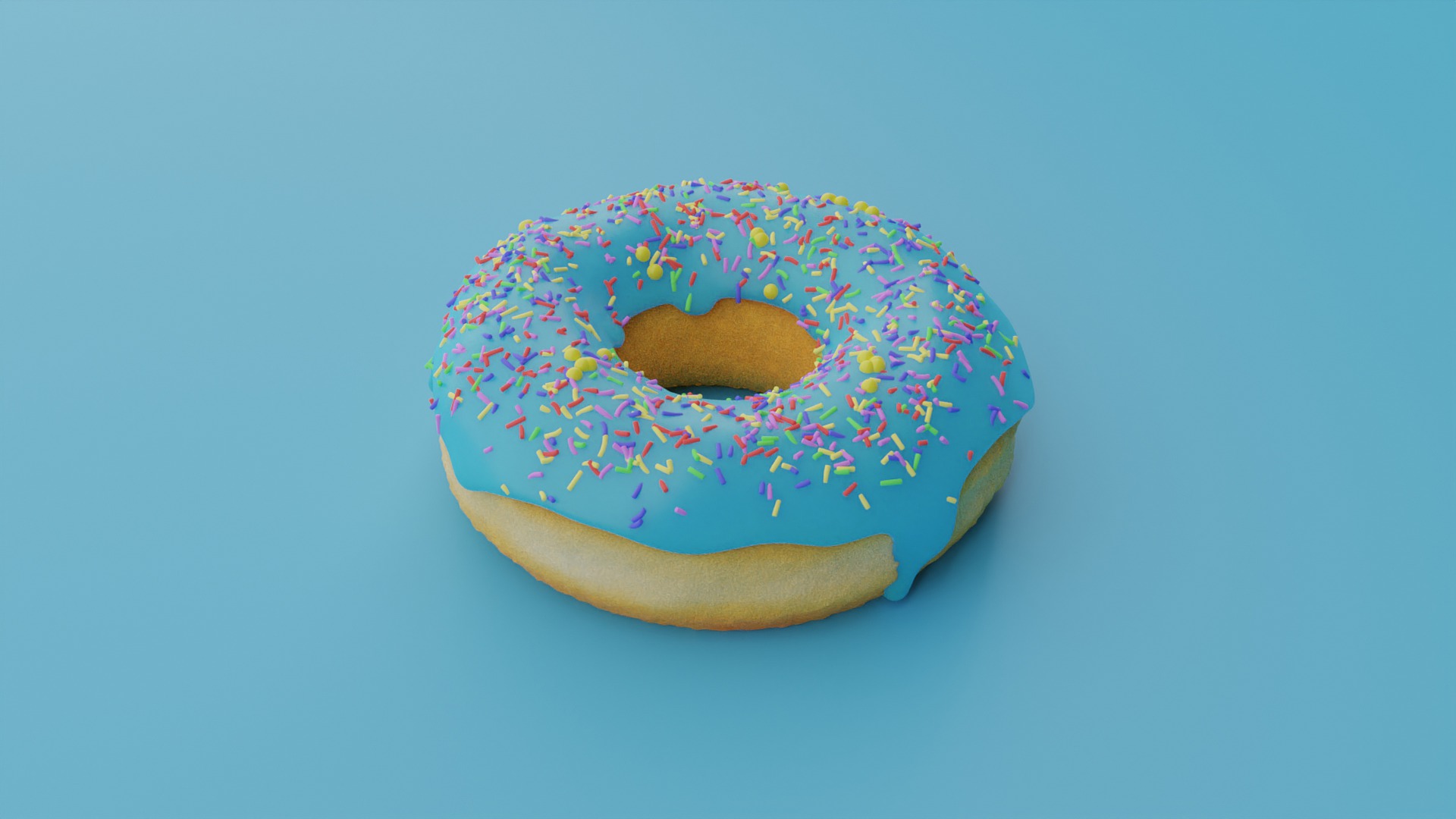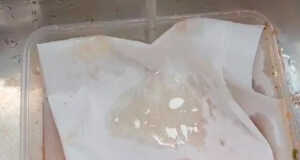Researchers Discover A Way To Make Natural Blue And Green Food Dyes From Red Cabbage
When it comes to food dyes, there has been a renewed interest in choosing natural options over artificial chemicals and coloring. Some colors, such as blue, aren’t that easy to replicate within the natural world.
Luckily the research from one UC Davis grad student has found that there is actually a natural way to come up with a pretty blue hue – and it’s all thanks to the help of red cabbage. It turns out that it actually works well to create a natural cyan blue hue.

In order to create the natural dye, Pamela Denish from UC Davis’ Innovation Institute for Food and Health worked closely with a team of scientists from Mars Wrigley. As a study published in Science Advances explains how the vegetable can be the answer to recreating one of the world’s most popular shade of food coloring: blue.
Red cabbage is already used in making natural dyes for certain colors such as red or purple. This is because the vegetable has naturally occurring anthocyanins, but it was the researchers’ hard work in extracting the blue anthocyanins from cabbage in order to get the specific shade they wanted. It was work that took over 10 years to finally perfect.

As Denish explained to UC Davis, “Blue colors are really quite rare in nature—a lot of them are really reds and purples.”
That is when Denish, along with Professor Justin Siegel of the UC Davis Department of Chemistry and Innovation Institute for Food and Health and two other graduate students, managed to locate a specific enzyme that makes the blue anthocyanins produced by red cabbage. Once isolating it and upping the volume, they were able to start their experimenting to see if it works.

In order to test whether or not this cyan blue hue would hold up as food dye, they went on to dye ice cream as well as doughnut frosting and even sugar-coated lentils. Amazingly, the dye managed to stay fine in storage and lasted up to 30 days, meaning it would be perfectly suited to the food industry.
This was a very exciting find for Mars Wrigley since the company has made a pledge that they wouldn’t be using artificial dyes within their food products starting in 2021.

Rebecca Robbins, a senior principal scientist at Mars Wrigley who worked on the project, stated to UC Davis, “The color blue is used in more products than consumers realize.”
What makes this find even more significant is the fact that since they’ve cracked the code on the blue dye this will open doors for other natural food dyes such as green since green dyes are dependent on blue. Prior to this, making naturally-occurring green shades wasn’t always easy as they would often have mainly purple undertones. Denish explained, “Purple plus yellow equals brown, so you’re not going to get a very vibrant green.”

Even though this is a big discovery, it still isn’t without its challenges to come. Some of these include FDA inspection and making sure that these dyes would be 100% safe for human consumption. But it definitely is a big step in the right direction, especially for those wanting to move away from such artificial dyes, like blue FCF and E133.











